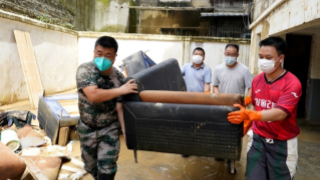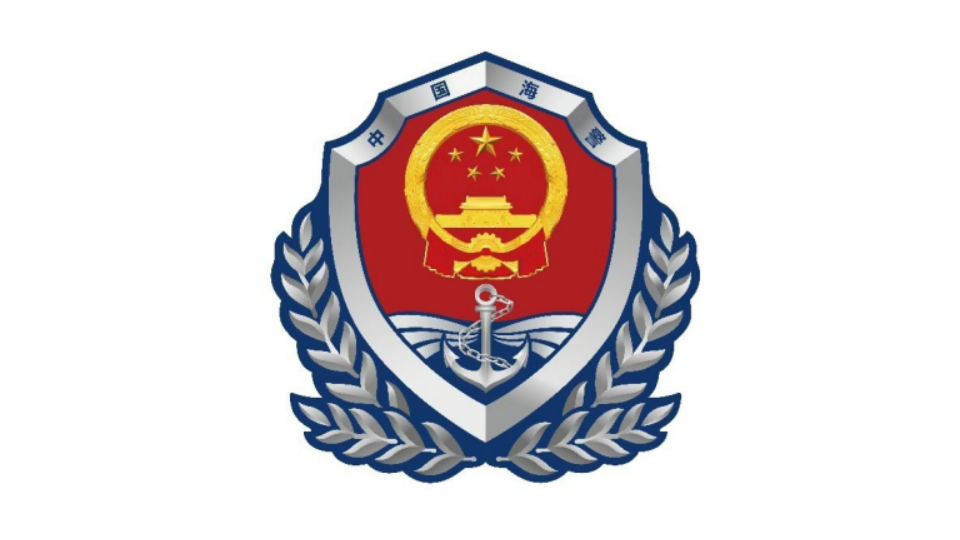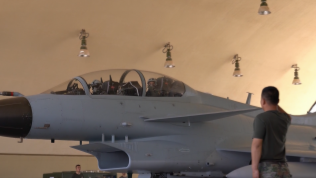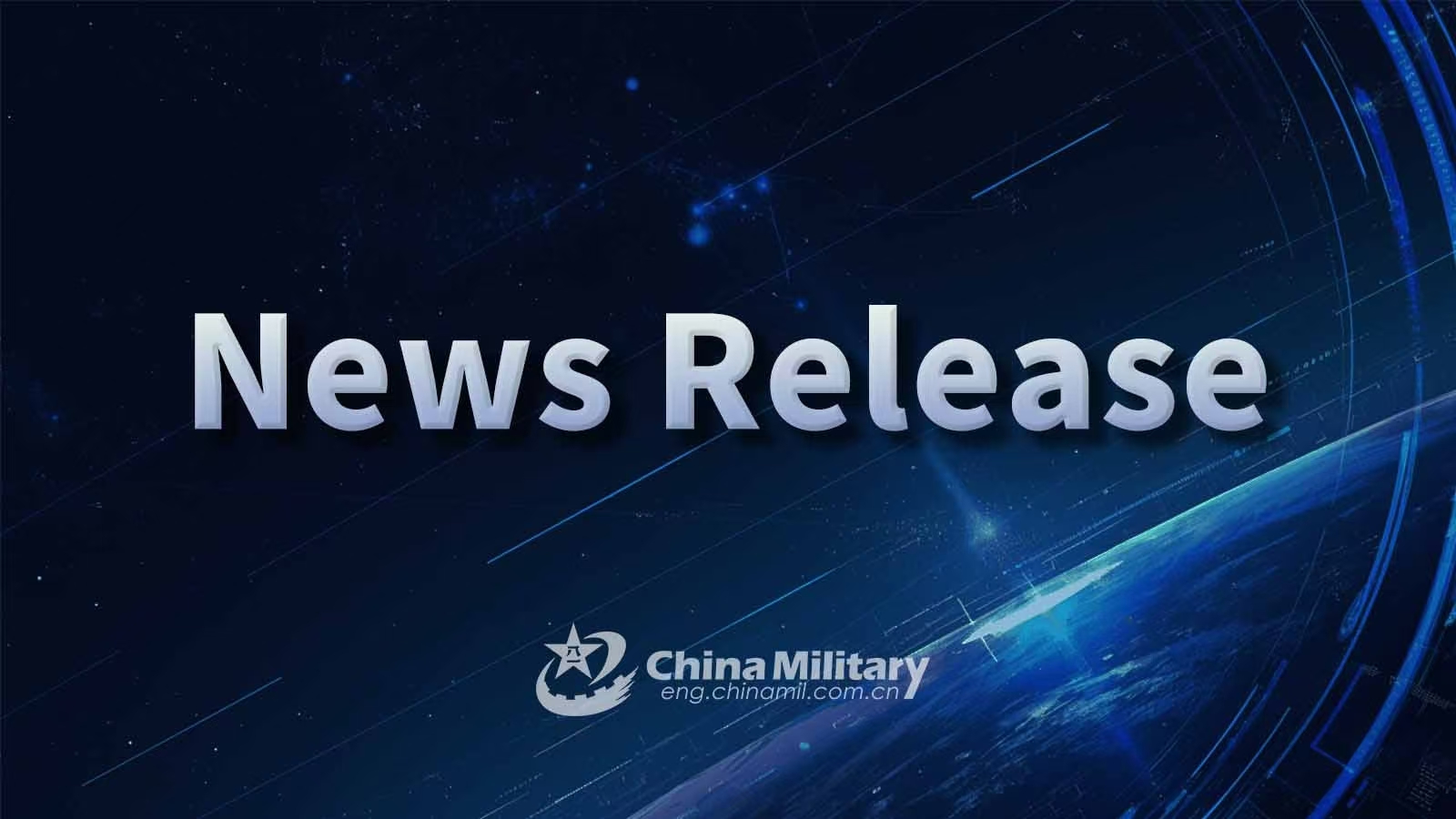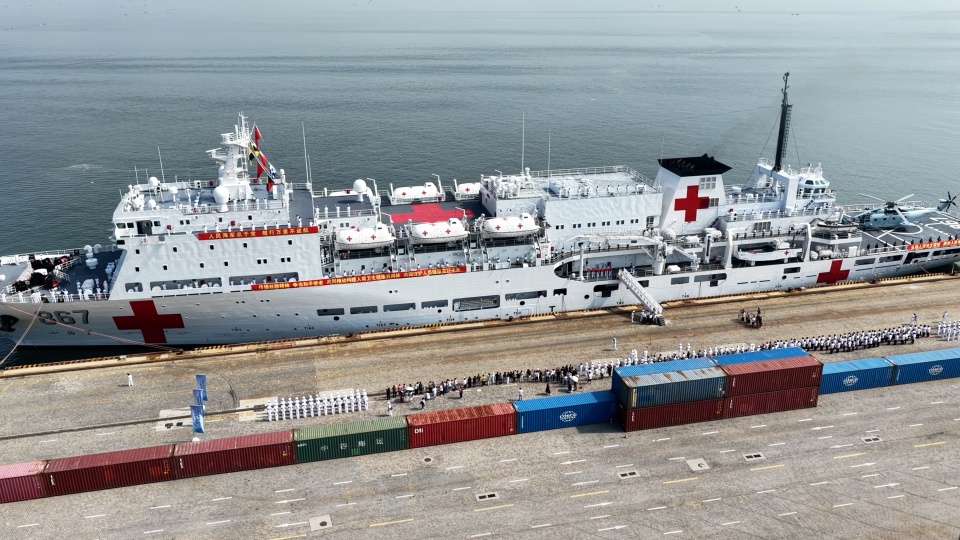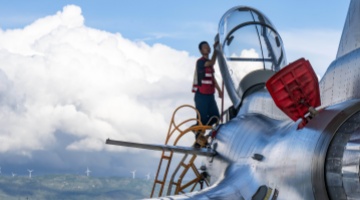By Shi Hanjuan
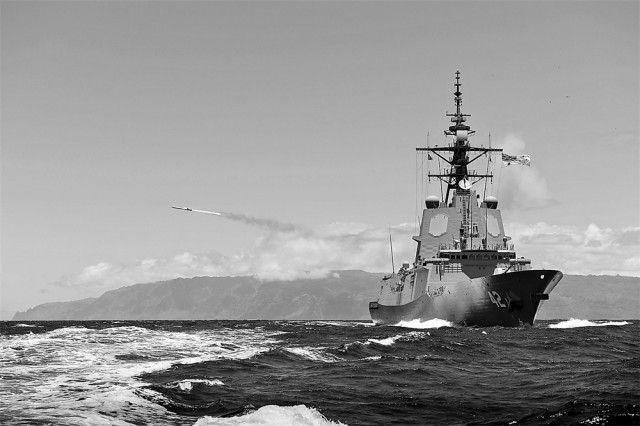
Australia's destroyer Sydney launches a missile during exercise "RIMPAC-2024".
Australia has recently signed an agreement to allow the exchange of nuclear secrets and materials with the US and the UK, a key step toward equipping its navy with nuclear-powered submarines. During the latest "2+2" meeting between American and Australian defense and foreign ministers, both sides vowed to deepen their military cooperation, including upgrading the key air force bases in Western Australia and Northern Territory, increasing America's rotational troops in Australia and the deployment frequency of patrol planes, reconnaissance planes, and bombers, and strengthening cooperation in the production of ammunitions such as precise attack missiles.
After the Biden administration came into office, the US has been creating a network of "minilateral" alliances to maintain its hegemony and deter strategic rivals. It has formed the trilateral security partnership with the UK and Australia (AUKUS), intensified the trilateral defense relationship with Japan and Australia, upgraded the quadrilateral mechanism with Japan, India and Australia, and consolidated the Five Eyes alliance, covering a broad scope ranging from intelligence exchange, strategic coordination, and military technology cooperation.
To cater to the US, Australia said in its "2020 Defence Strategic Update" that it will make the Indo-Pacific a key direction in its future defense plan and fully play its special pivotal role in the region. After Australia formed the AUKUS with the US and the UK in 2021 to import nuclear submarines, the three countries brought in Japan in April this year and expanded their military technology cooperation to key domains such as AI, autonomous systems, and hypersonic weapons. Canberra and Washington are likely to further quicken the elevation of their military alliance in the future.
The US always sees Australia as the "southern anchor" on the second island chain, corresponding to Japan, the "northern anchor". Canberra not only allows American troops to use its military bases but also opens up the existing military training ranges and ports to ensure American troops' training and deploy their advanced weapons and equipment.
In America's new plan for routine military deployment, Darwin in northern Australia is an important strategic hub as the city, situated in a position connecting the Indian Ocean and the Pacific Ocean, forms a new Indo-Pacific circle of deterrence with Guam and Diego Garcia. Right now, the US Marines Corps stations up to 2,500 troops at the Darwin base and plans to form a joint training brigade with the Australian military. In March 2022, Canberra announced its decision to spend 10 billion Australian dollars building a new submarine base on its east coast to berth the nuclear submarine developed in cooperation with the US and the UK and support its regular deployment.
Moreover, the US military has sponsored the Air Force "Squadron Operations Facility", under which facilities such as specialized combat command center, tarmac, maintenance center, and arsenalwill be built for B-52 strategic bombers at Australia's RAAF Base Tindal. They will also be able to deploy B-21 strategic bombers and other strategic delivery platforms when completed. The US is constantly rotating the P-8 anti-submarine aircraft and B-52 and B-1B bombers at several bases in northern Australia, providing more deployment options for American troops stationed in Guam and Okinawa.
Clearly,the US is placing more stress on Australia's geopolitical value in its global strategy as what it regards as its rivals in the so-called "major country competition" are gaining more "Area Denial/Anti-Access" capabilities. Some Australian critics expressed their worry that the constantly elevated military alliance will make Australia more reliant on the US on the military front and subject its diplomatic and security policies to its influence too. If Canberra cannot maintain its strategic independence and continues to dance to America's tune, it will eventually draw fire to itself.
In recent years, the US and Australia have comprehensively enhanced their interoperability through bilateral and multilateral joint exercises such as the RIMPAC and Pitch Black, and Australia's operational forces are designed as part of the preparations for high-end warfare set against the background of "major-country competition" to foster an integrated combat system.
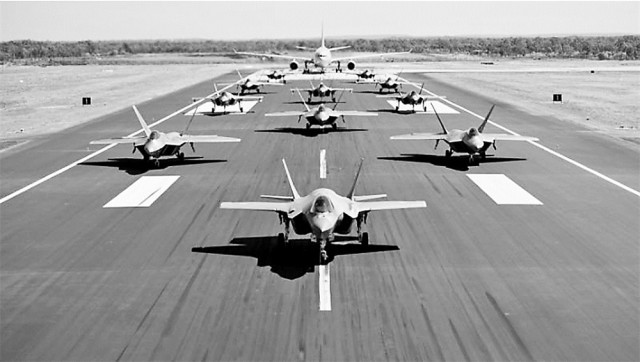
US military's F-22A fighters and RAAF's F-35A fighters and KC-30A multi-role tankers perform elephant walk at Tindal Air Force Base, Australia.
In April this year, the US, Australia, Japan and the Philippines had their first joint military exercise in the South China Sea, including anti-submarine training and maritime patrol. During the "RIMPAC-2024" multinational exercise in June, the Australian Navy's destroyer Sydney launched naval strike missiles (NSM) to sink the retired amphibious assault ship USS Tarawa. During the Pacific Dragon 2024 exercise held in early August, destroyer Sydney test-fired a US-made Standard Missile 6 (SM-6), indicating that the Australian Navy had already made the missile an integral part of its naval air defense arsenal.
In all these exercises and training, Australia has been highly cooperative to the US in verifying new operational concepts such as agile combat employment, distributed lethality, and penetrating counterair, enhancing the capabilities of mixed use of old and new equipment and cross-service, cross-domain collaboration. The US military, on the other hand, has improved its ability of long-distance troops delivery to the south of Asia Pacific, achieving greater flexibility in deployment with the shift from "continuous stationing" to "dynamic deployment" of its strategic forces.
Facts have shown that the US is working hard to bring Australia onboard to escalate the strategic competition in the Asia Pacific. With their intensified military alliance, Australia is shifting its defense policy from "passive defense" to "active interference", while the closer military bond is sure to further complicate the region's security situation and jeopardize its peace and stability.
(The author is from the PLA Air Force Research Institute)





